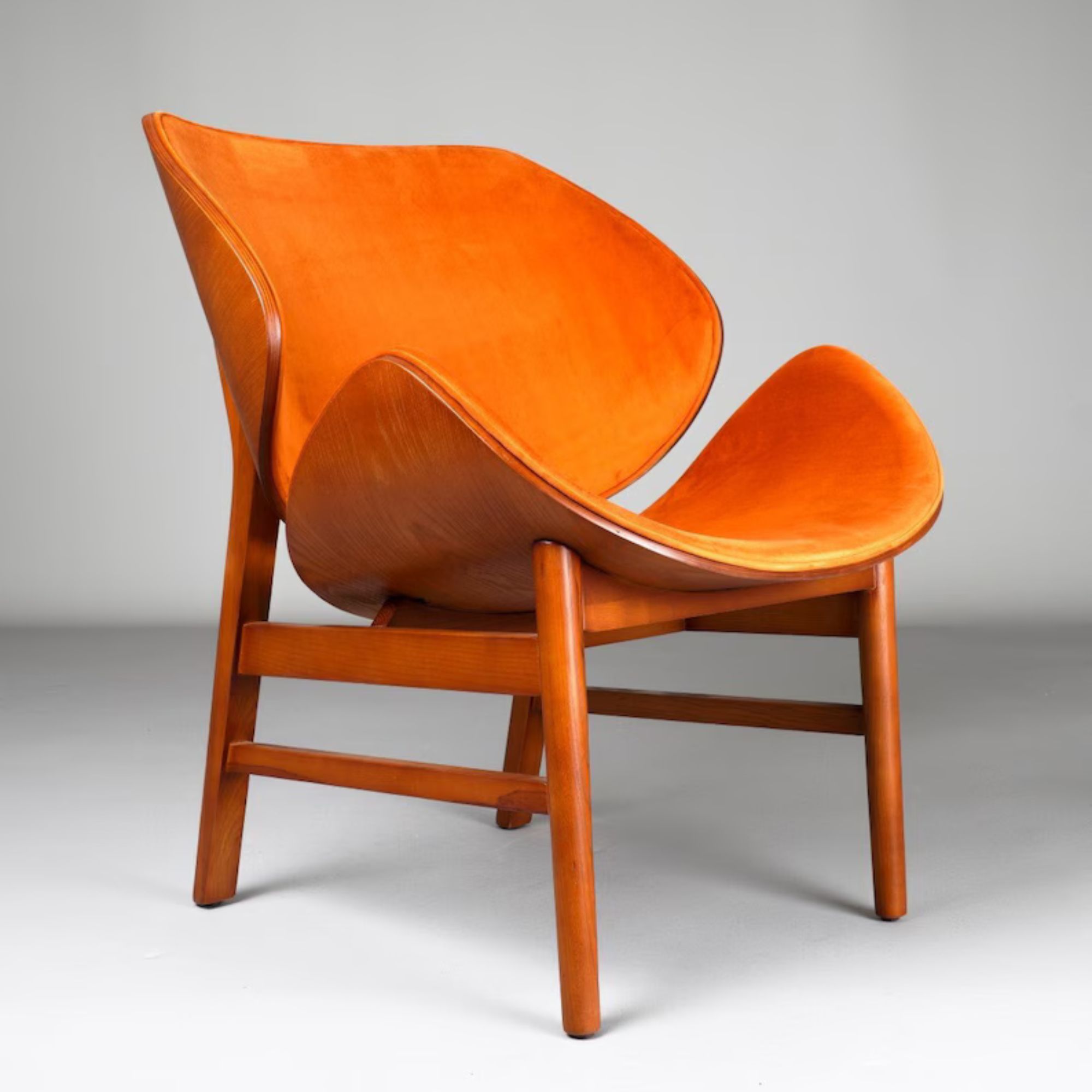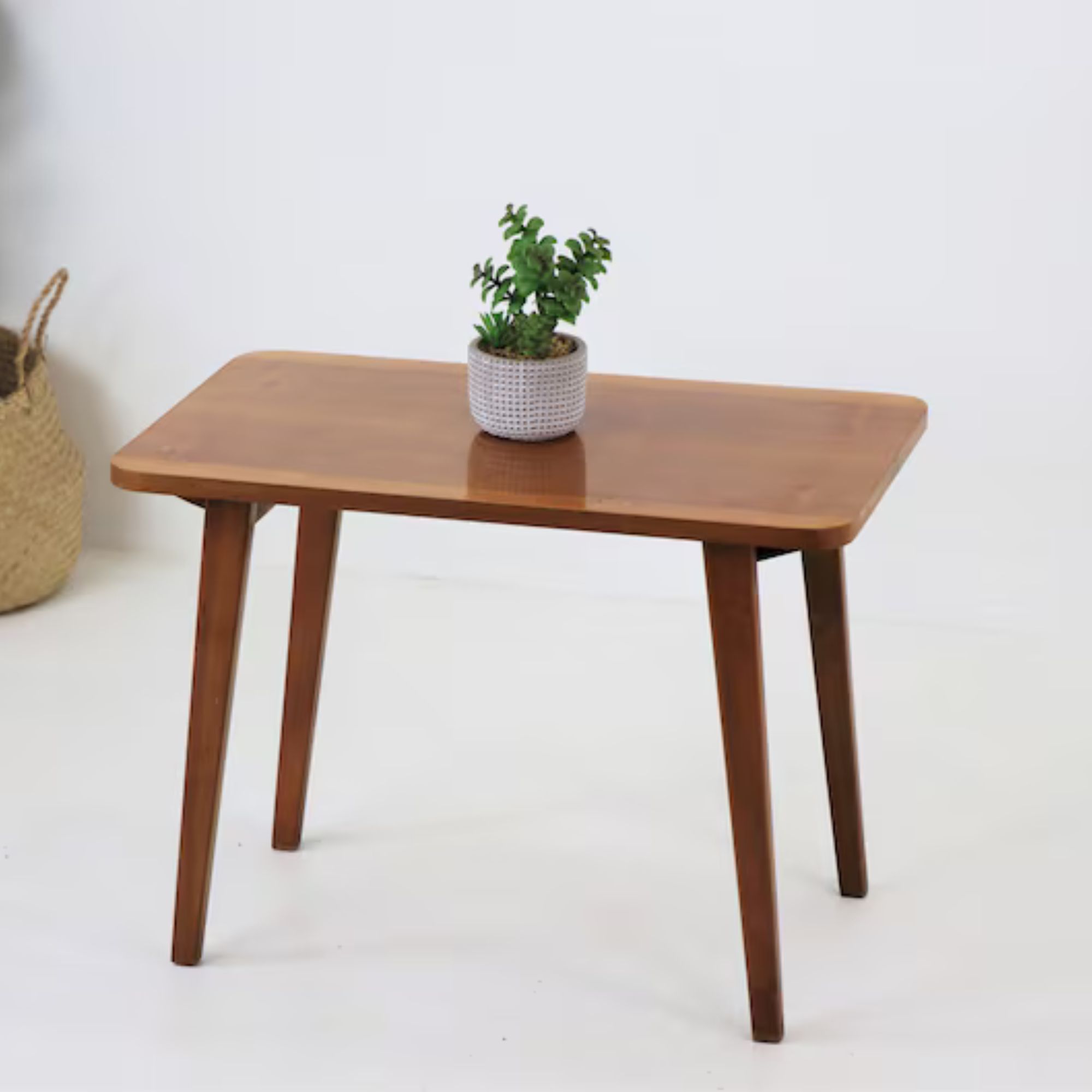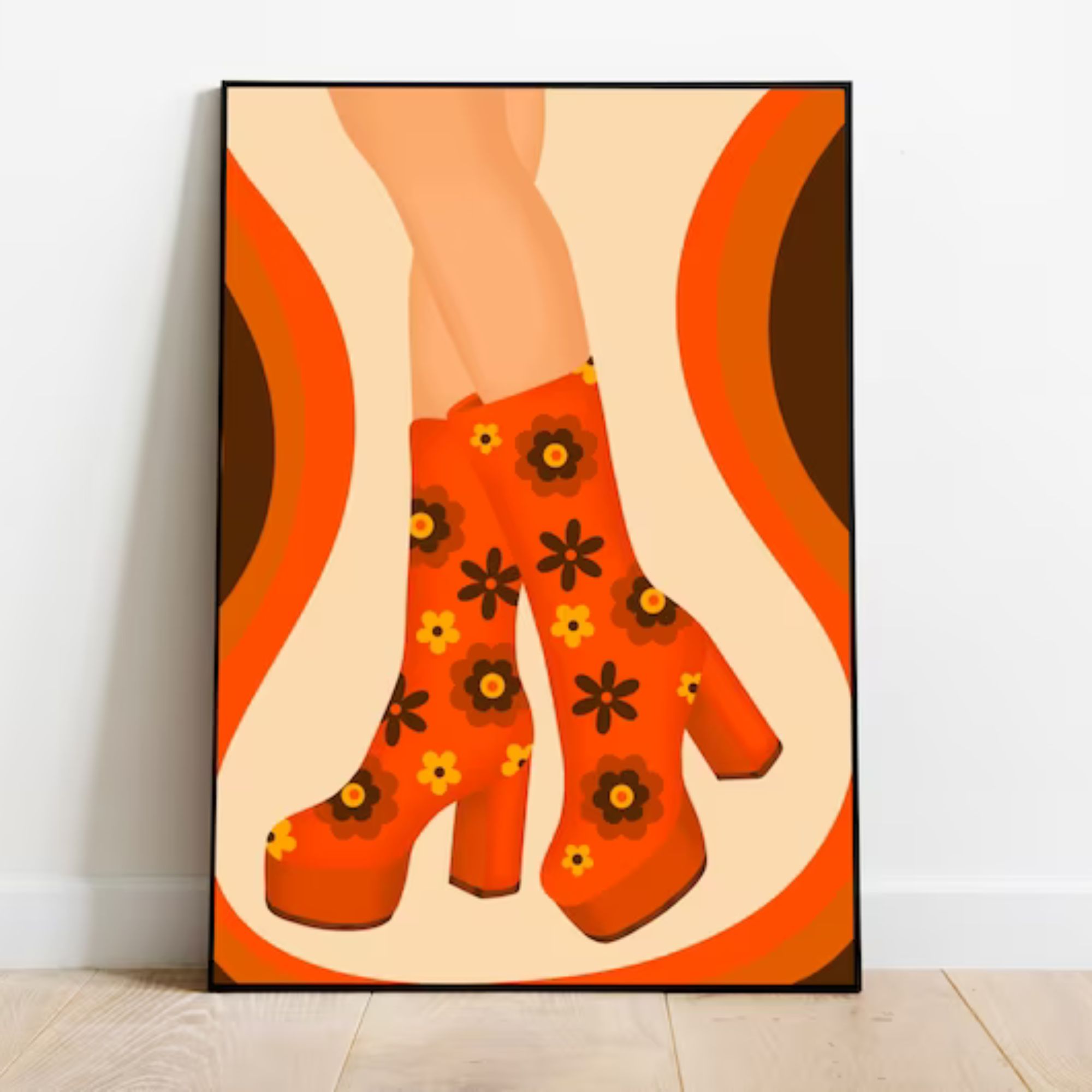How to design a retro living room – 5 tips for using decor, furniture, and color to embrace this vintage revival
Add vintage flair to your scheme with these retro living room ideas
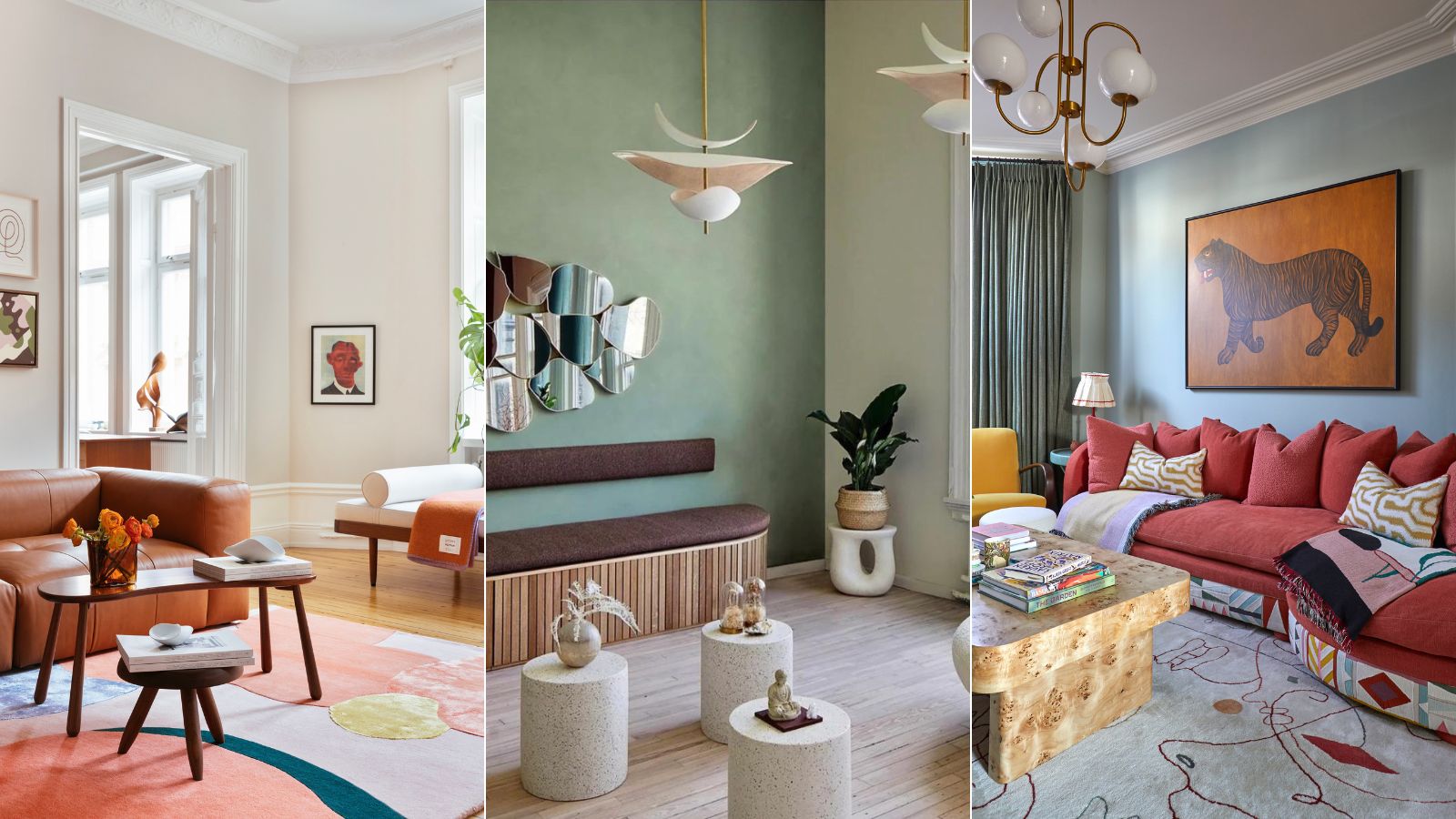

Retro style is making a comeback – vintage decor and eclectic interiors lean perfectly into this style, but how can you design a retro living room that feels stylish rather than novelty?
From color and pattern to stylish furniture, there are plenty of living room ideas to inspire your design. But when it comes to introducing retro style to your scheme, a curated selection of vintage furniture, bold designs, and a balance of old and new are required.
Striking the right balance isn't always easy, so we've turned to the experts to find out how to nail this revived interior design style. So whether you're opting for old-school style or embracing the retro luxe trend, these retro living rooms are a great place to start.
How to design a retro living room
A living room is a great space to inject retro style. With plenty of furniture and decor to play with, offering a nod to eras gone injects character into your scheme. So, whether you want to create a bold space with retro color trends or add a hint of vintage style through your decor, these schemes are sure to spark an idea.
1. Introduce classic yet retro furniture

Living rooms feature larger furniture items, such as a sofa, coffee table, or a sideboard. Because they make up a large part of the scheme, they are a great place to introduce retro style, but it's all about striking a balance.
'The retro look is experiencing a remarkable resurgence. Crafting a retro living room involves a delicate balance of nostalgia and modernity, where iconic decor elements from bygone eras blend seamlessly with contemporary pieces,' explains interior designer Matthew Williamson.
'Embrace bold geometric patterns, vibrant hues, and statement living room furniture pieces such as mid-century modern sofas or tufted armchairs to evoke the essence of past decades,' he suggests.
Design expertise in your inbox – from inspiring decorating ideas and beautiful celebrity homes to practical gardening advice and shopping round-ups.
2. Inject retro style in a focused area on the living room

Retro style is one of the most fun designs to play with, so it's easy to get carried away. Instead, focus on one key area of the living room to inject a sense of retro style – perhaps a furniture item, a rug, or the wall decor. This keeps the scheme feeling balanced and creates a focal point.
'Often, the power of a single, iconic element can transform a space from ordinary to extraordinary. Whether it is a retro armchair boasting angular lines that harken back to mid-century sophistication, a bold, geometric wallpaper that instantly transports you to the 1960s, or a vintage-inspired storage trunk exuding timeless charm, these standout pieces serve as the focal point around which the rest of the living room revolves,' says Martin Waller, founder of global design house Andrew Martin.
'If you’re ready to embrace a full-on retro look, look to shades of orange as the derigueur accent color, bronze finishes, and acrylic coffee tables,' he adds.
3. Decorate with bold, earthy colors
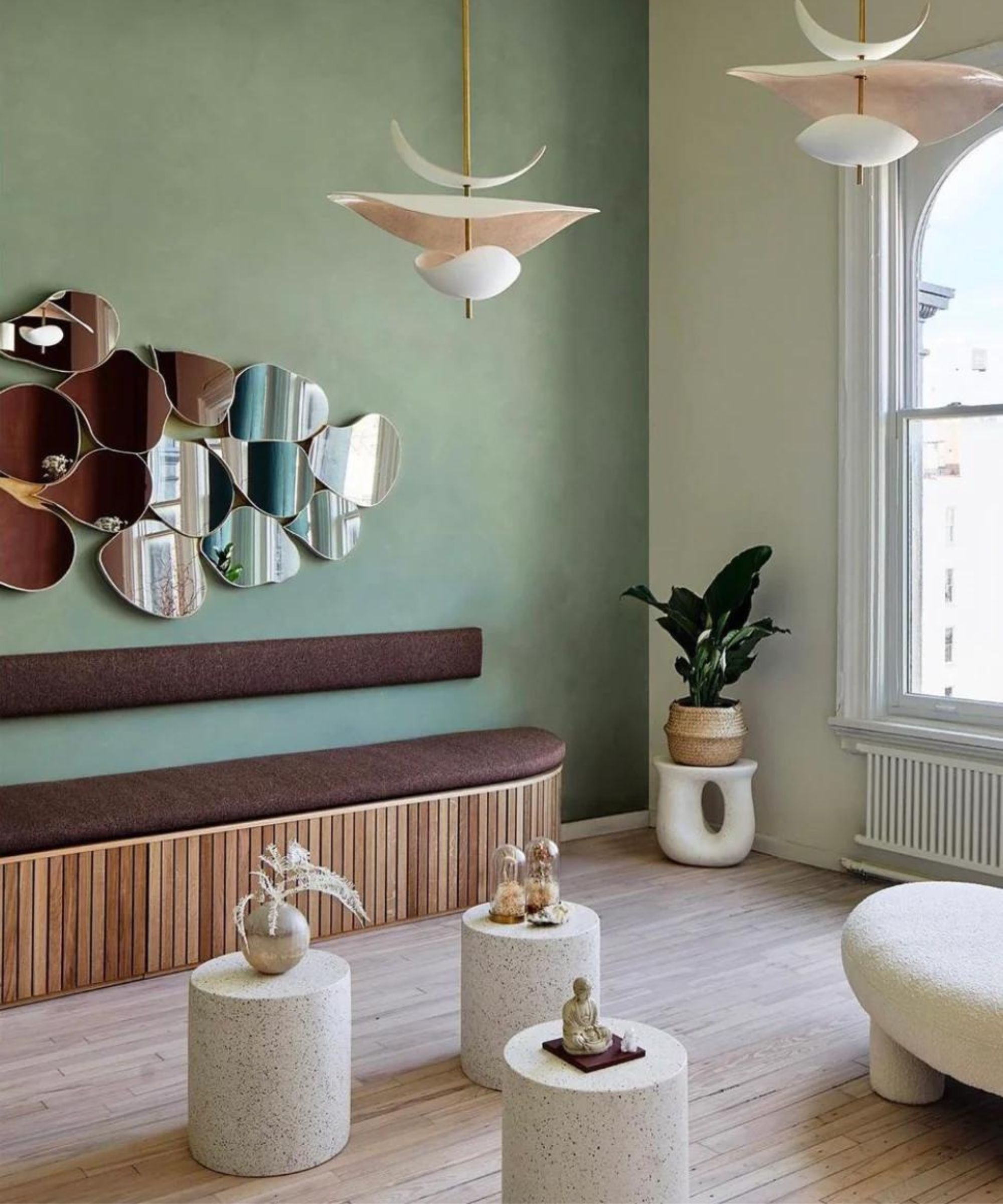
Retro interiors have a few shades that are core to the style – think of 60s and 70s style that embraced pops of earthy colors. To make a retro living room work today, pair these colors with more muted or neutral hues to avoid curating a space that feels stuck in the past.
'For a retro living room, you'll want to incorporate colors that evoke the feel of the 1960s or the earthy tones of the 1970s. Mustard yellow was very popular in the 1960s and 1970s and adds warmth and a nostalgic feel to the room, whereas avocado green, another iconic color from the 1970s, brings a sense of nature indoors and pairs well with other retro colors like mustard yellow and burnt orange,' explains Burju Garnier, co-founder of Color Atelier.
'Burnt Orange, a warm, earthy hue, was a staple in many retro color palettes. It pairs beautifully with wood accents. Soft pastel pinks were also commonly used in retro design, especially in the 1950s. They add a feminine and playful touch to the room, perfect for accessories or accent walls,' adds Burju.
'For mustard yellow, try Neutral Burlap, for avocado green our Cypress Ink, for Burnt Orange our Tagine, and for retro pink our Rosé could work.'
4. Display vintage decor

Decor is also integral to creating the retro vibe in a living room, and what could feel more authentic than vintage pieces? 'The retro decor trend wouldn’t be complete without vintage accessories and art. This trend is all about getting creative with statement pieces, whether you have purchased a fun print from your local home shop, or sourced a second-hand piece from a thrift store or flea market,' says Nick Drewe, trend expert at Wethrift.
'The general rule of thumb is that your art and accessories should compliment your living room color theme and large furnishing items, while still standing out and looking unique to the room. Now, if executed poorly, adding retro prints and accessories to a room can make the space feel overcrowded and mismatched, so to avoid this work backward. Pick one bold accessory for the space, then design the rest of the room around it,' he suggests.
5. Add color and texture with soft furnishings

While color has a big impact on the overall aesthetic of a living room, texture plays a big part, too. Soft furnishings, from throw pillows and blankets to rugs and curtains, can inject a retro feel to a space, and offer a great solution to introducing those retro hues and patterns if you don't want to commit to adding them on the walls.
'The vibrant hues of color bring character to a room, while the natural tones make the space feel livable and expensive. Fabrics can have the same effect, as the trend is all about bringing complimentary prints and materials together. Velvet is an essential element to the retro trend. It gives the living room a sense of luxury and can complement most fabrics, like leather and cotton,' explains Nick.
Whether you focus on color or decorating with pattern is down to personal preference, but be sure to create a balance with the rest of your scheme. '“Retro style is an eclectic mix of bold prints, warm colors, and vintage flair – it's the perfect way to bring a playful and welcoming feel into your space. I love using a mix of soft textiles like blankets and cushions to bring bold prints to the space, alongside retro staples like a vintage lamp, coffee table, or accent chair to really tie the look together,' says Etsy’s trend expert, Dayna Isom Johnson.
Designing a retro living room requires a balance of earthy hues, quirky furniture and vintage decor. Create a bold scheme that evokes a sense of nostalgia or introduce elements of retro decor for a subtle nod to the revival, a space that feels reminiscent of mid-century modern trends or decorated in 70s-inspired decor – whichever route you take, keep these expert tips in mind.
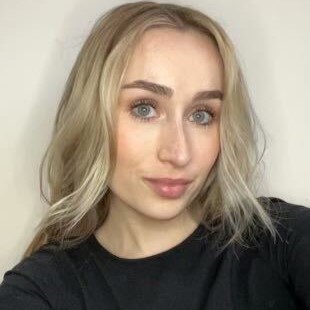
I’ve worked in the interiors magazine industry for the past five years and joined Homes & Gardens at the beginning of 2024 as the Kitchens & Bathrooms editor. While I love every part of interior design, kitchens and bathrooms are some of the most exciting to design, conceptualize, and write about. There are so many trends, materials, colors, and playful decor elements to explore and experiment with.
